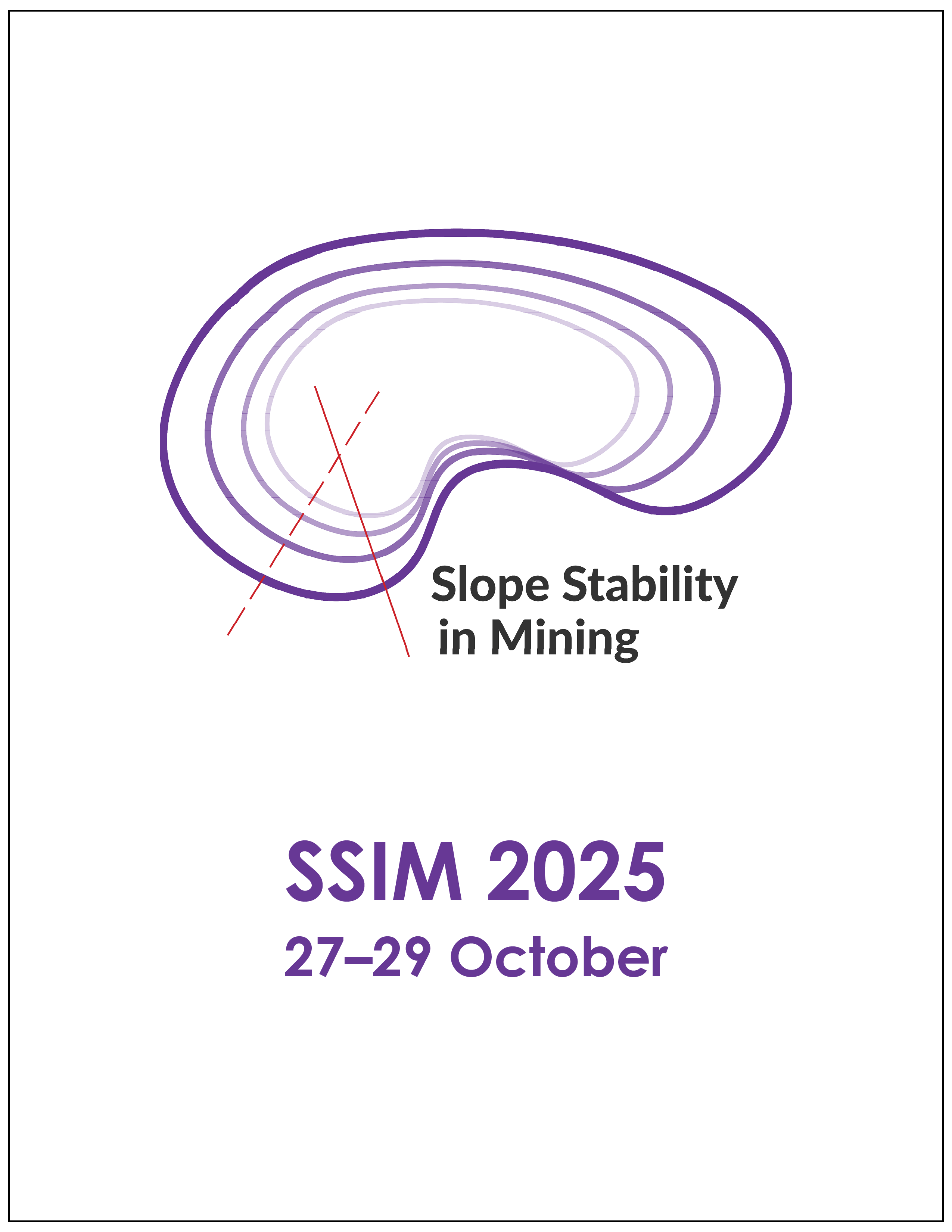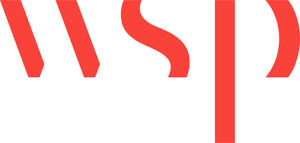Automated televiewer data interpretation and validation: an applied case study at Kennecott copper

|
Authors: Danielson, J; Ellis, J; Schultz, C; Wilton, E; Schafer, K; Stilwell, I |
DOI https://doi.org/10.36487/ACG_repo/2535_48
Cite As:
Danielson, J, Ellis, J, Schultz, C, Wilton, E, Schafer, K & Stilwell, I 2025, 'Automated televiewer data interpretation and validation: an applied case study at Kennecott copper', in JJ Potter & J Wesseloo (eds), SSIM 2025: Fourth International Slope Stability in Mining Conference, Australian Centre for Geomechanics, Perth, https://doi.org/10.36487/ACG_repo/2535_48
Abstract:
Manual interpretation of borehole televiewer data for geological and geotechnical site characterisation is essential, but hampered by considerable time and cost investment; variation in interpretation (inconsistency); and critical orientation biases – including a "visual salience bias" against low-angle features often relevant to slope stability. This paper introduces Structura, a tool employing deep learning to automate the interpretation of acoustic and optical televiewer logs, identifying structures, breakouts and drilling-induced tensile fractures, estimating roughness, and assessing borehole image quality. We present results from a collaborative pilot study at Rio Tinto Kennecott Copper, where Structura was compared against manual interpretation, refined based on operational needs, and validated using blind test data and physical core comparisons. Validation showed good agreement on structural orientations with potential bias reduction, a positive correlation for automated roughness requiring resolution-based adjustment, and reliable identification of breakout features for stress analysis. Structura demonstrates the potential of deep learning-based tools to significantly improve the efficiency, consistency, and objectivity of televiewer data analysis; complementing traditional oriented data collection workflows.
Keywords: deep learning, data processing, automation, structural characterisation, televiewer data, machine learning, borehole image processing
References:
Danielson, J, Clayton, MA, Kelly, L & Kinakin, D 2023, ‘Getting more out of drillhole televiewer data: geotechnical toolbox edition’, in PM Dight (ed.), SSIM 2023: Third International Slope Stability in Mining Conference, Australian Centre for Geomechanics, Perth, pp. 421–434,
Danielson, J, Kinakin, D, Stilwell, I & Ladyman, E 2024, ‘AI powered discontinuity characterization in televiewer data’, Proceedings of Slope Stability 2024, Brazilian Geotechnical Society, Belo Horizonte.
Hoek, E & Bray, JW 1981, Rock Slope Engineering, 3rd edn, Institution of Mining and Metallurgy, London.
Li, J, Wu, J, Wu, S, Wang, T & Xi, Y 2024, ‘Deep learning-based method for rock discontinuity recognition in complex-stratum borehole images’, Journal of Tsinghua University (Science & Technology), vol. 64, no. 7, pp. 751–760,
j.cnki.qhdxxb.2024.26.020
Read, J & Stacey, P 2009, Guidelines for Open Pit Slope Design, CSIRO Publishing, Collingwood.
© Copyright 2025, Australian Centre for Geomechanics (ACG), The University of Western Australia. All rights reserved.
View copyright/legal information
Please direct any queries or error reports to repository-acg@uwa.edu.au
View copyright/legal information
Please direct any queries or error reports to repository-acg@uwa.edu.au

